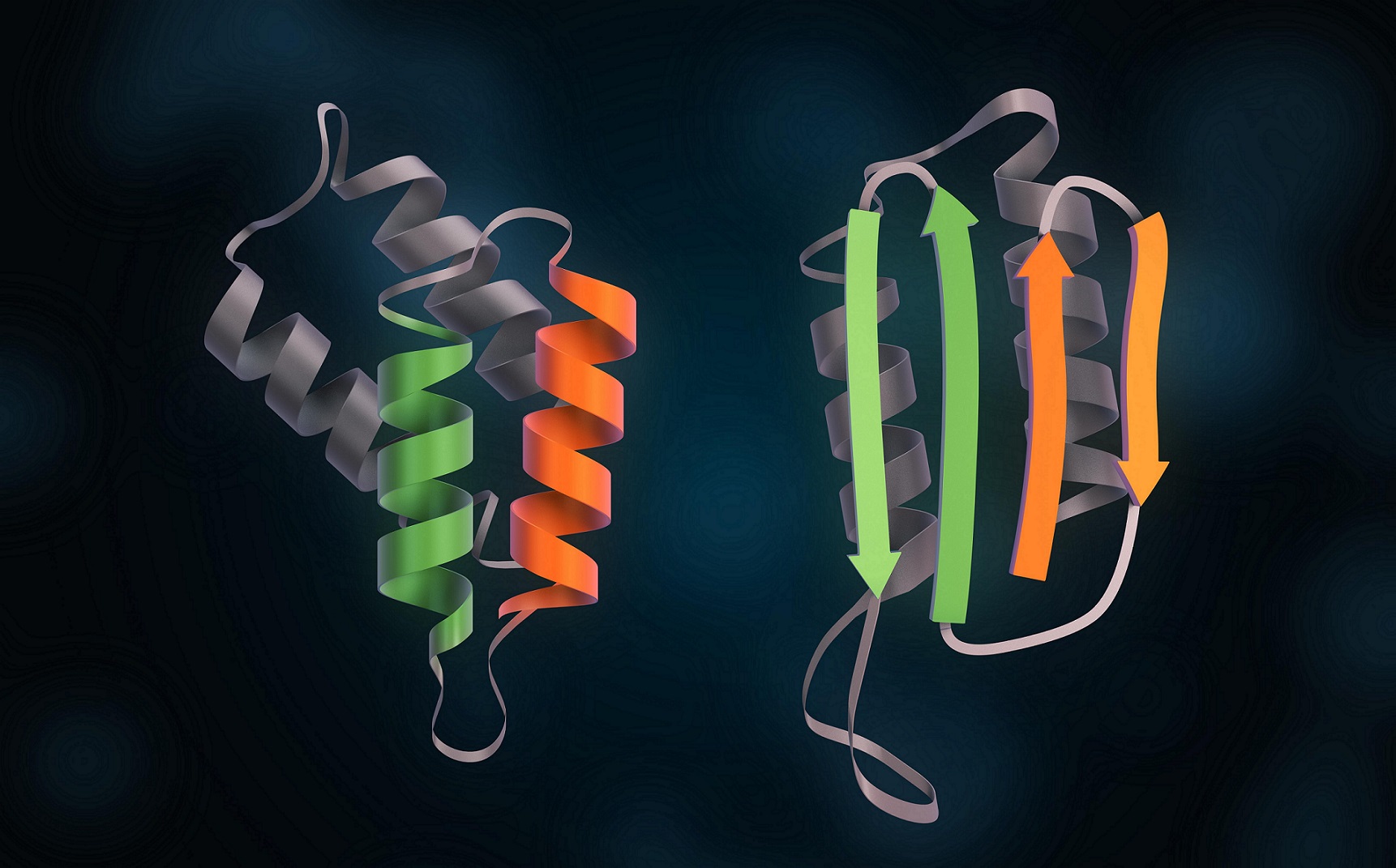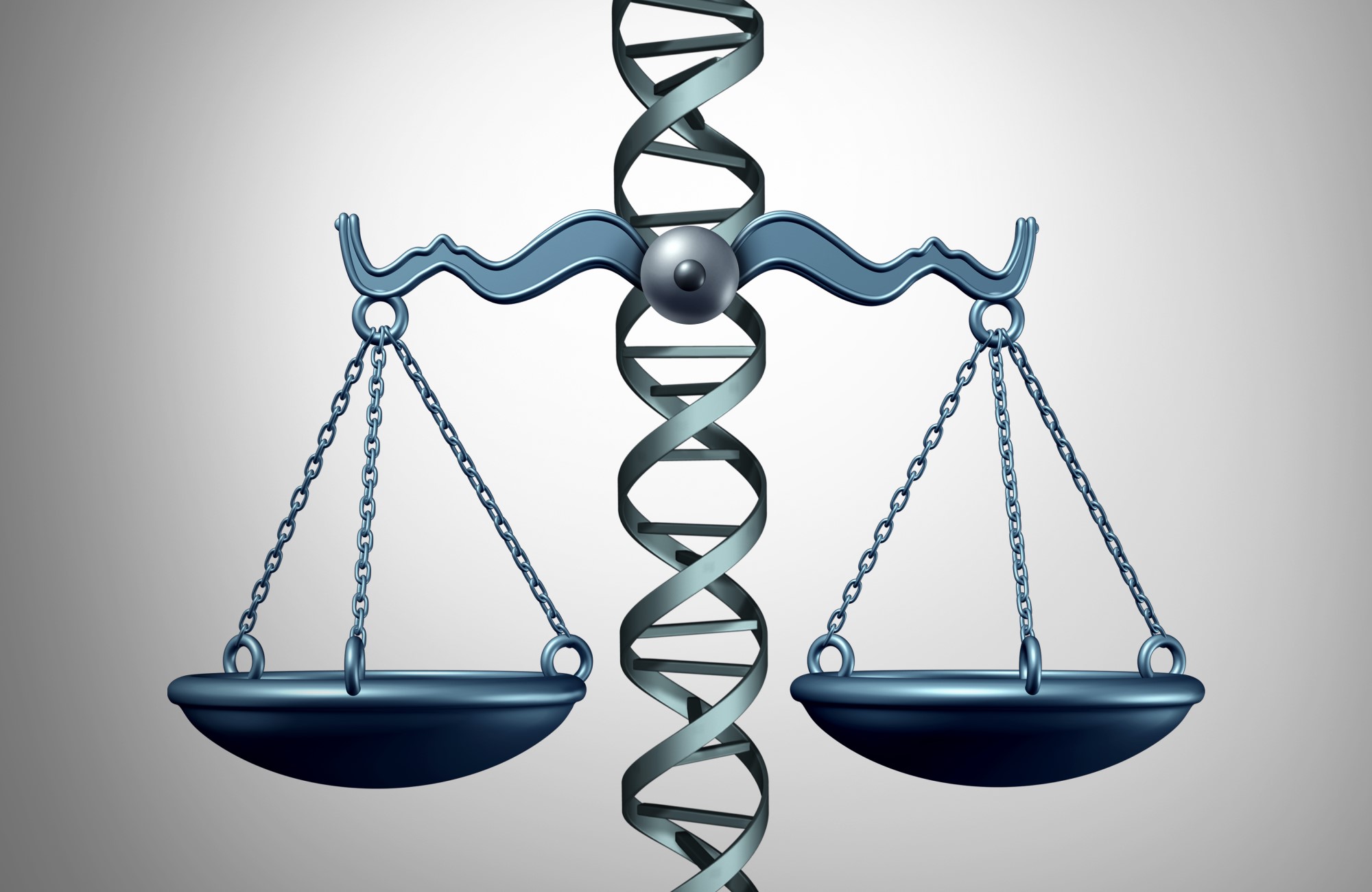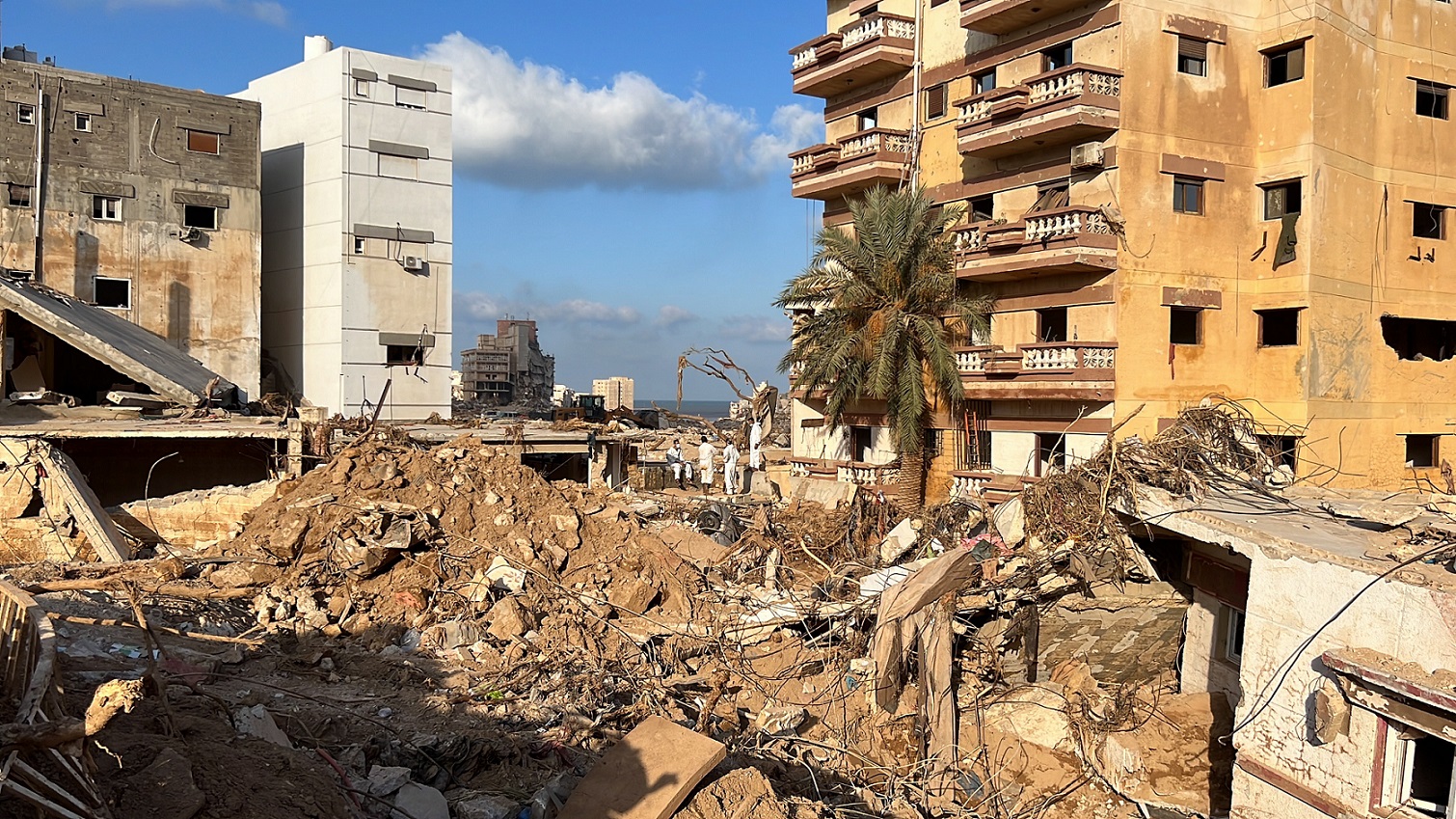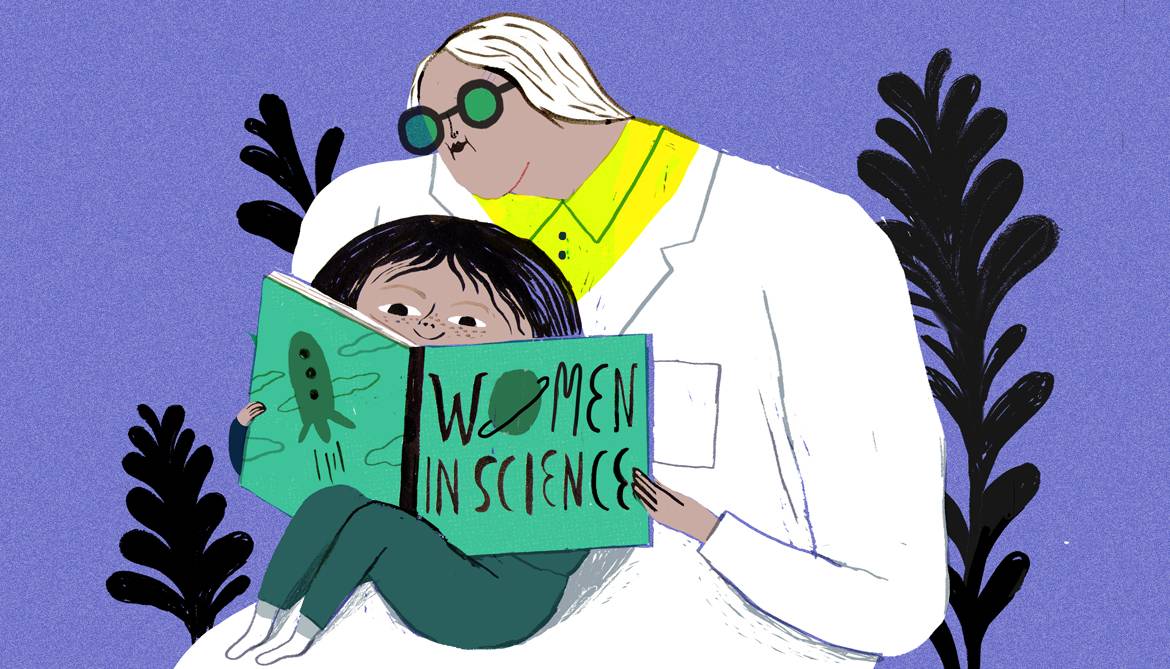A short guide to statistics for journalists: how to open the black box of a scientific study
Behind any study that hits the media with eye-catching headlines there are usually numbers to back it up. Analysing the statistics of a study is one of the greatest challenges in communicating any finding with rigour.









